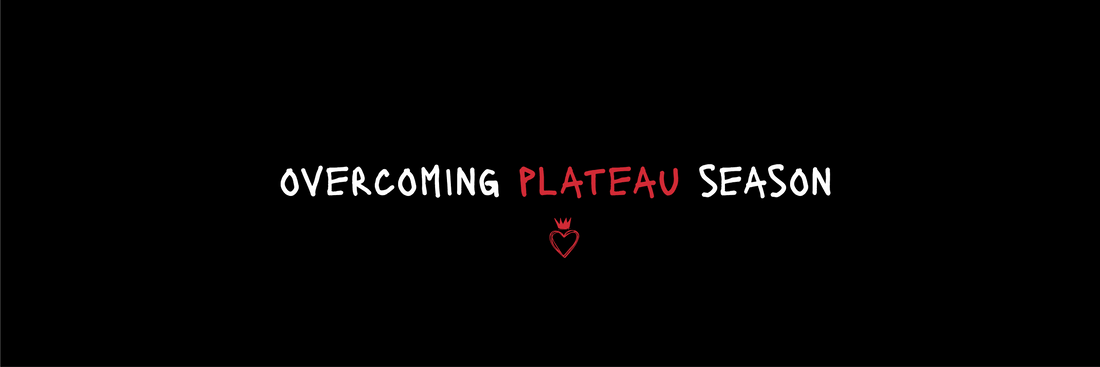Every athlete, every Operator, every person chasing progress eventually meets it—the plateau. The workouts feel the same, the times stop improving, the fat loss stalls, and motivation starts to slide. You’re pushing, but nothing is moving.
It’s frustrating, but it’s also a sign. A plateau isn’t proof of failure—it’s proof you’ve grown strong enough to hit the next level. The challenge now is not to quit, but to break through.
Think of a locked door. You can keep leaning on it with the same tired push, hoping it gives way. Or—you can step back, gather force, and strike with precision. That’s how you smash through plateaus. Not with mindless repetition, but with intelligent adaptation.
Here’s how to do it across training, nutrition, and mindset—the MF way.
1. Change the Stimulus, Change the Result
Plateaus happen because the body adapts. The same weight, the same run pace, the same meal plan—your system learns and locks. To move forward, you need disruption.
Lifting plateau: Swap rep ranges (e.g., 3x10 → 5x5), add tempo work, or introduce supersets. Strength responds to surprise.
Running plateau: Break the cycle of “same pace every run.” Add intervals, hill sprints, or tempo efforts. Shock the system into growth.
Fat loss plateau: Adjust calories, cycle carbs, or change meal timing. Even shifting your food window can restart progress.
MF principle: The body adapts to survive. You adapt to overcome.
2. Pull Back to Push Harder
Sometimes the way forward isn’t to grind harder—it’s to recover smarter. Deload weeks, lighter runs, or extra rest can reset your system so you come back firing.
In lifting, 5–7 days at 50–60% intensity can prime the nervous system.
In endurance, a recovery week can restore legs and lungs for a breakthrough session.
In body composition, a short maintenance phase can reset hormones and allow fat loss to restart.
Think of it as drawing the bowstring back before launching the arrow. Pull back. Then strike through.
3. Audit the Details
When progress stalls, the details matter most.
Sleep: Recovery drives adaptation. Poor sleep means poor gains.
Nutrition: Track honestly. Most “stalls” are hidden calories or under-fuelling recovery.
Stress: High cortisol locks fat loss and kills performance. Audit your life outside training.
Plateaus are often less about training failure and more about recovery neglect.
4. Switch the Goal, Keep the Grind
Progress isn’t always linear in one direction. If your bench won’t budge, work on pull-ups. If your 5km won’t drop, build your 10km base. If fat loss slows, focus on muscle gain.
Shifting the goal keeps you moving and often leads to breakthroughs where you least expect.
5. Mental Fortitude: Stay in the Fight
Plateaus test more than muscles—they test your resilience. Most people quit in this season. That’s why most never reach their true potential.
Embrace the plateau as part of the process.
Use it as feedback, not failure.
Stay the course long enough to break through, and you’ll carry that lesson into every part of life.
MF principle: When others give up, you adapt. When others stall, you break through.
Closing: Breaking Through the Wall
Plateau season is inevitable, but it’s not permanent. By changing the stimulus, recovering with purpose, auditing the details, and shifting focus, you’ll not only move past the wall—you’ll smash through it.
Every locked door eventually gives way to those who refuse to stop knocking. But the Operator doesn’t just knock—they regroup, strike, and break it down.




